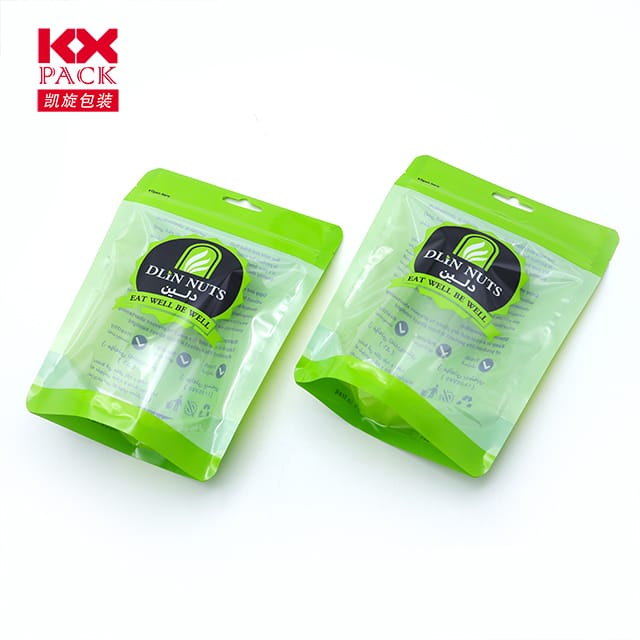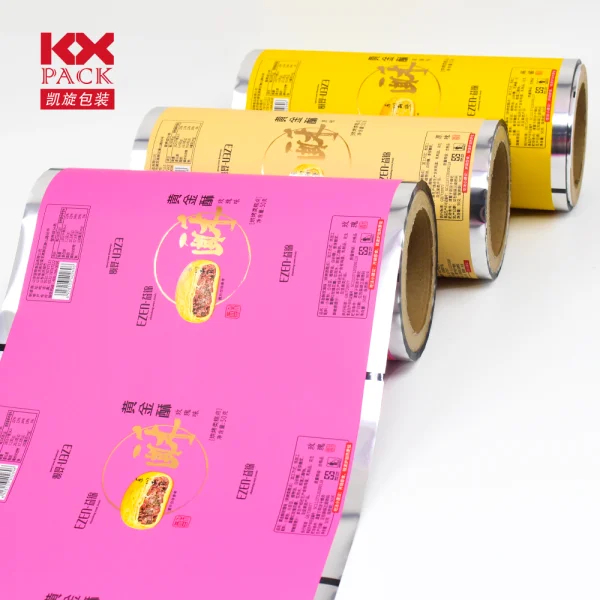Exploring the Evolution and Innovation of Paper Film: From Artistic Medium to Industrial Marvel
Filme em papel
In an era dominated by digital screens and high-tech materials, the termFilme em papel might evoke nostalgia for analog film reels or curiosity about its modern applications. Ainda, this humble medium has transcended its historical roots to become a versatile material with far-reaching implications across art, industry, and technology. Let’s unravel the story of Paper Film—its origins, transformations, and cutting-edge uses.
A Historical Perspective: The Birth of Paper Film
Filme em papel, often referred to as Film in French, traces its origins to early cinema. In the late 19th century, as filmmaking emerged as a revolutionary art form, France became a pioneer in adopting this medium. Unlike traditional celluloid film, which was prone to flammability and degradation, Paper Film offered a safer, more durable alternative for projection. Its lightweight structure and adaptability made it a favorite for experimental filmmakers, who leveraged its texture to create dreamlike visuals and tactile storytelling.
This early iteration of Film was more than a technical innovation—it was a cultural bridge between Europe and America. As cinema evolved, so did Paper Film, evolving from a niche medium into a symbol of cross-continental artistic exchange.
Modern Applications: Beyond the Silver Screen
Hoje, Film has expanded its horizons far beyond the movie theater. Its adaptability and eco-friendly properties have made it a staple in industries ranging from packaging to healthcare.
- Soluções de embalagens sustentáveis
In the age of environmental consciousness, Film has emerged as a green alternative to plastic. Companies like Changzhou Hongtai Paper Film Co., Ltd., a Chinese manufacturer specializing in disposable medical supplies, now produce Paper Film for eco-conscious packaging. Its biodegradable nature and ability to conform to irregular shapes make it ideal for food wrappers, medical wraps, and even architectural window films. - Laboratory Essentials
Scientists have long relied on Film’s unique properties for laboratory applications. Products like Parafilm® M, a heat-sealable, semi-transparent film, are used to seal petri dishes, test tubes, and even for delicate tasks like transferring reagents in electron microscopy. Its resistance to moisture, gases, and chemicals ensures sample integrity—a critical factor in research and development. - Artistic Renaissance
The art world has rediscovered Paper Film’s charm. Artists now use it for handcrafted photo prints, mixed-media installations, and even as a canvas for digital projections. Its matte finish and ability to absorb light create a nostalgic aesthetic, blending the past with the present.
The Future of Paper Film: Inovação e sustentabilidade
As industries pivot toward sustainability, Film is poised for a renaissance. Advances in material science have led to the development of APET Film, a recyclable thermoplastic with applications in packaging, eletrônica, and automotive sectors. Its lightweight, high-transparency, and impact resistance make it a competitor to traditional plastics, with the added benefit of being recyclable.
Além disso, the integration of Film with digital technologies—such as in the film Legend of Deification (2024), where deepfake technology was used to digitally resurrect iconic actors—hints at a future where analog and digital storytelling coexist.
Conclusão: A Timeless Medium in a Modern World
From its humble beginnings in early cinema to its current role as a sustainable, multifunctional material, Paper Film has proven its resilience. Whether preserving the past, innovating the present, or shaping the future, this medium continues to inspire creativity and drive progress.
As we look ahead, one thing is clear: Paper Film is not just a relic of the past—it’s a canvas for tomorrow’s possibilities.
What are your thoughts on the future of Paper Film? Share your insights in the comments below! 🎥✨
Palavras -chave: Filme em papel, embalagem sustentável, laboratory materials, artistic medium, APET Film, deepfake technology, film history, eco-friendly innovation.







